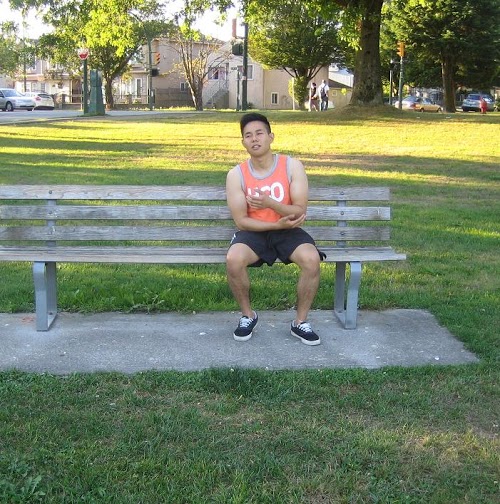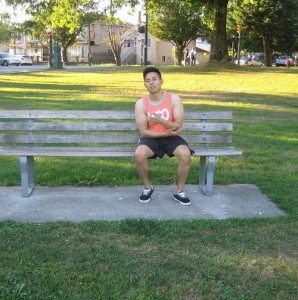Olecranon bursitis involves inflammation and swelling at the rear of the elbow. The condition eventually settles on its own. In some cases, treatment might be required to reduce the inflammation and clear up the accumulation of fluid.
The bursa at the rear of the elbow over the olecranon is a usual site for inflammation. The inflammation results to swelling and buildup of surplus fluid. This results to the formation of a soft lump filled with fluid at the back of the elbow.
Possible causes
- Mild recurrent injury – this is considered as a common cause such as those who lean on their elbows most of the time which leads to friction and constant trauma over the olecranon.
- Repeated elbow movements – this might be the cause in some athletes such as those in basketball or weightlifting.
- A blow to the back part of the elbow might trigger inflammation.
In case the bursa is infected, there is pain, tenderness and redness behind the elbow. - Arthritis – one or several bursae might become inflamed as part of generalized arthritis.
- Infection of a bursa – this can occur if there is a wound over a bursa which allows the entry of bacteria.
What are the indications of olecranon bursitis?
- If the olecranon bursa is inflamed, it results to thickness and swelling over the back part of the elbow. The bursa might be filled with fluid and it appears as a soft lump or cyst. In most cases, it is usually painless or only mildly sore.
- In case the bursa is infected, there is pain, tenderness and redness behind the elbow.
- If associated with arthritis, it might not be painful but there are other symptoms linked to the condition such as joint pain.
Management
In most cases, olecranon bursitis settles on its own with simple measures such as allowing the elbow to rest, avoid placing pressure on it and application of ice packs. Some utilize a compression bandage for added comfort. If infection is absent, most cases settle on their own over time.
Other treatment measures that can be used include the following:
- Anti-inflammatory medications can minimize the swelling and inflammation.
- Aspiration or drainage using a needle and syringe is performed if there is buildup of excess fluid. After drainage, a tight pressure bandage is worn to prevent the buildup of fluid again.
- Steroid injections into the bursa can alleviate the inflammation.
- Surgical removal of the bursa
- Antibiotics are required if infection develops in the bursa.


